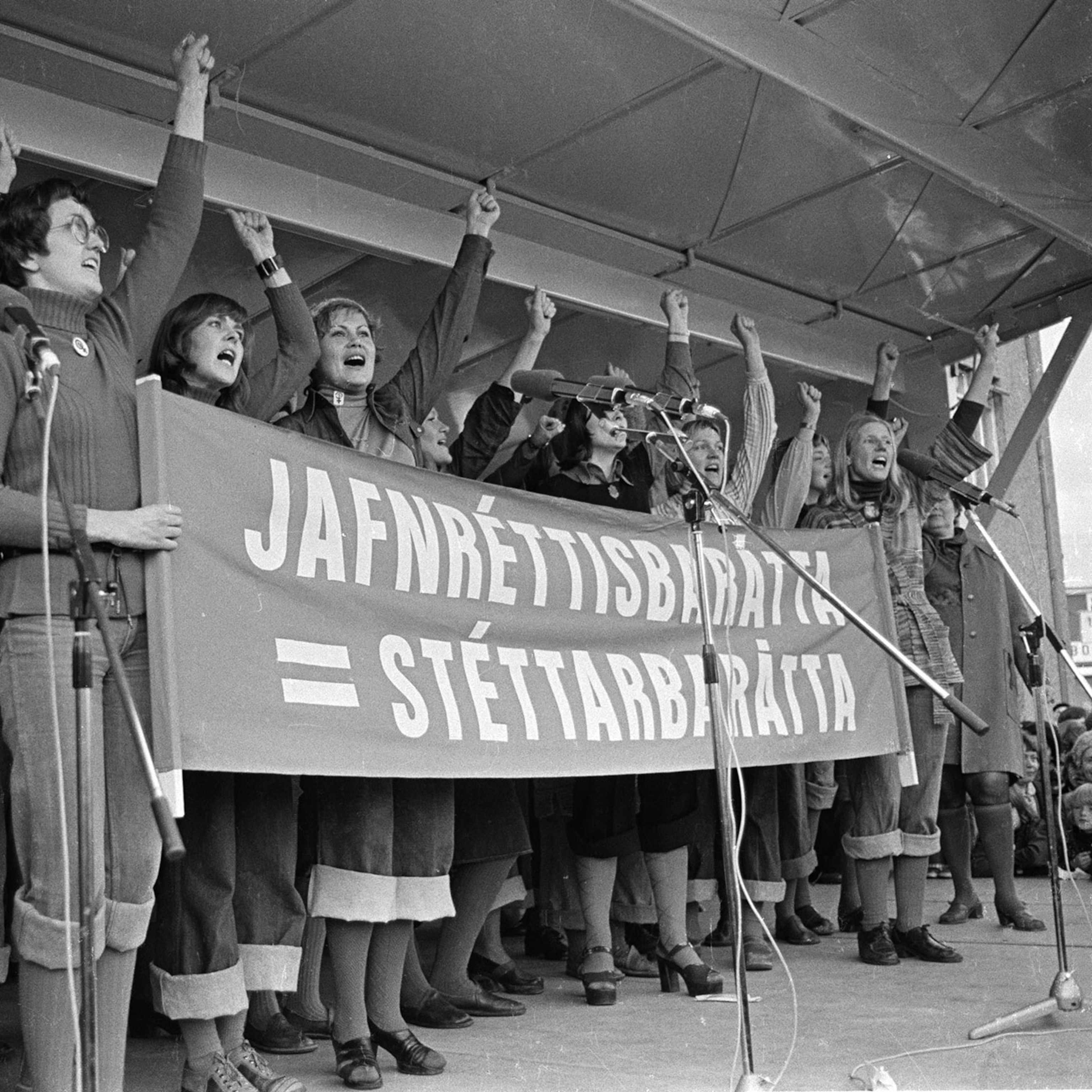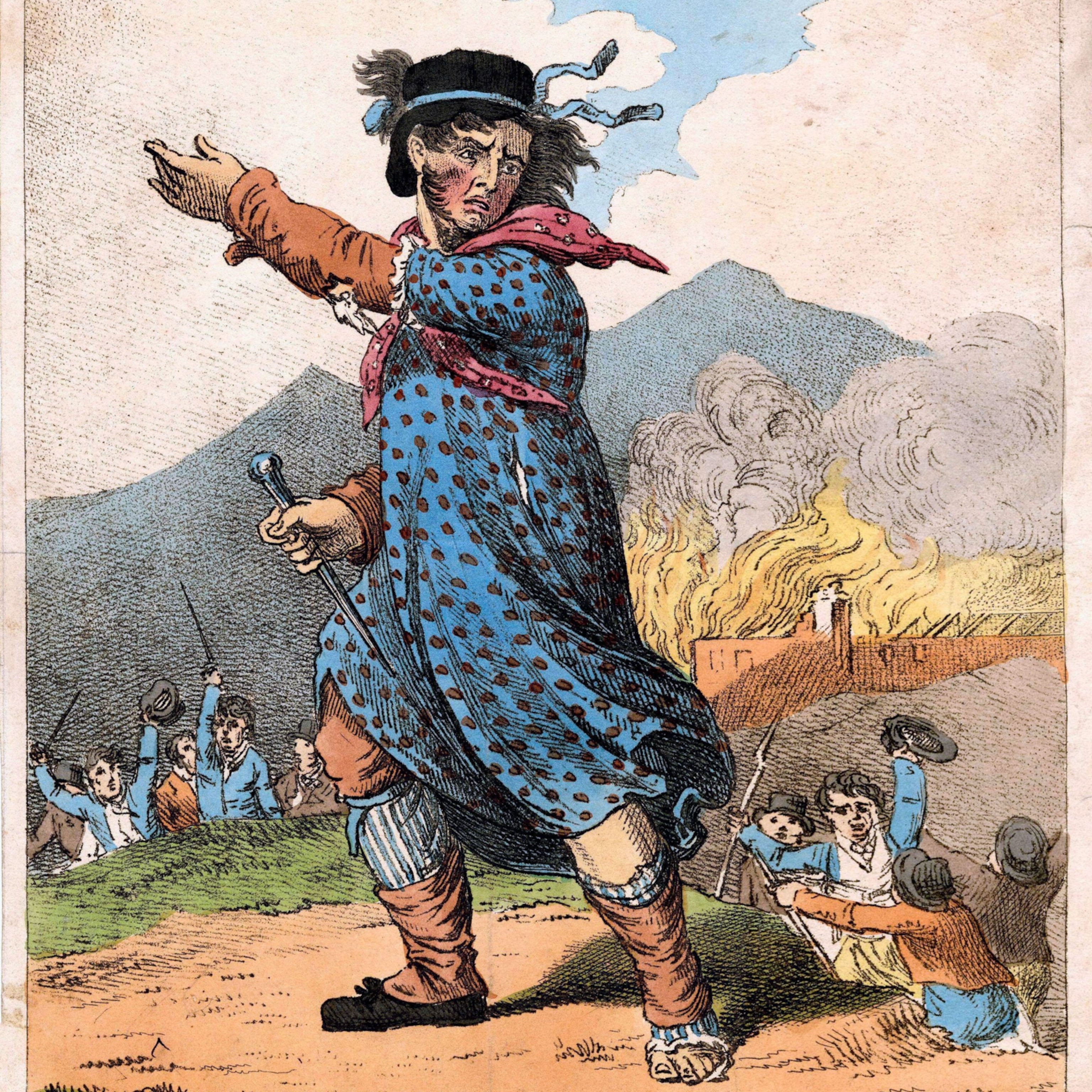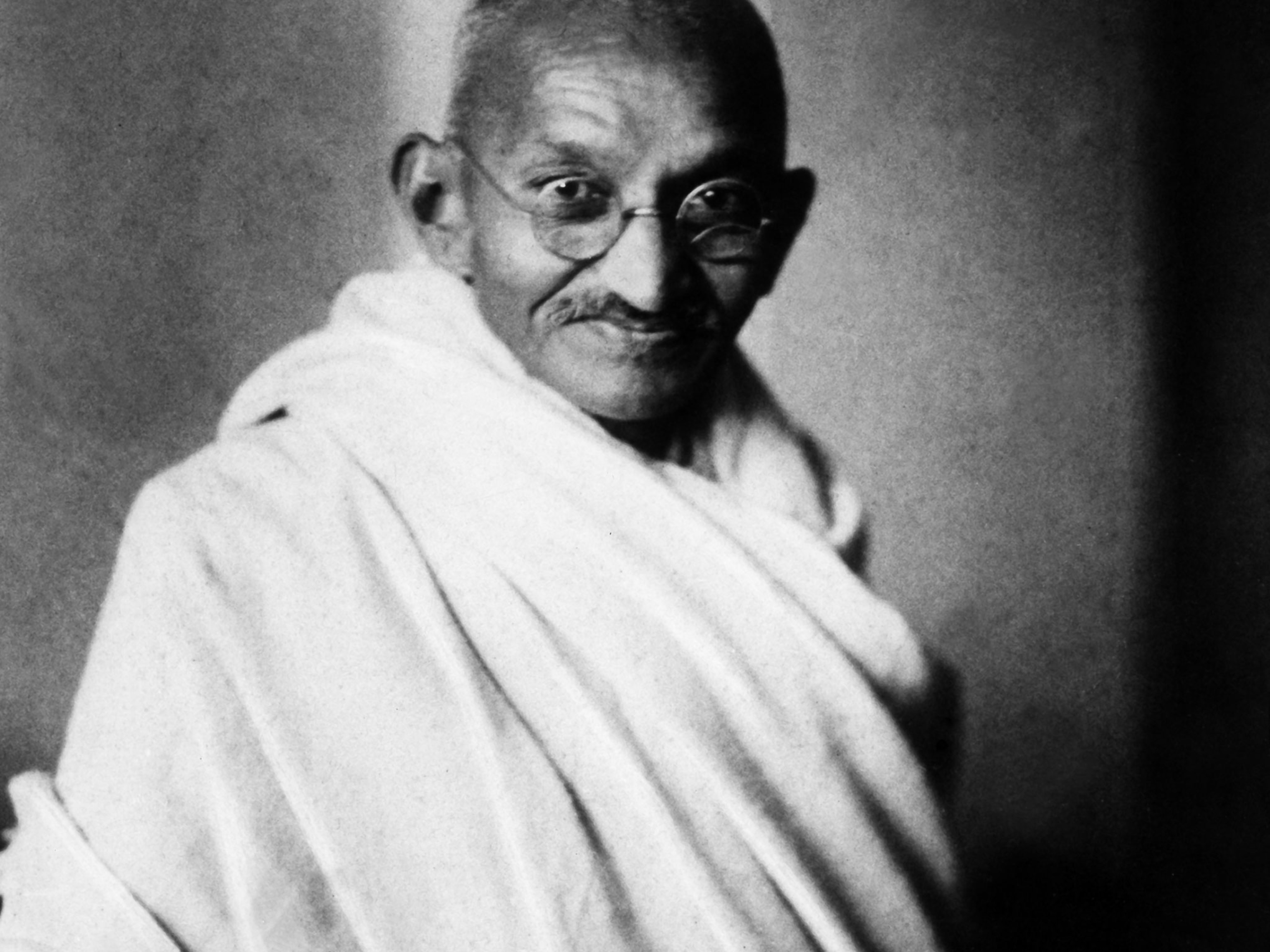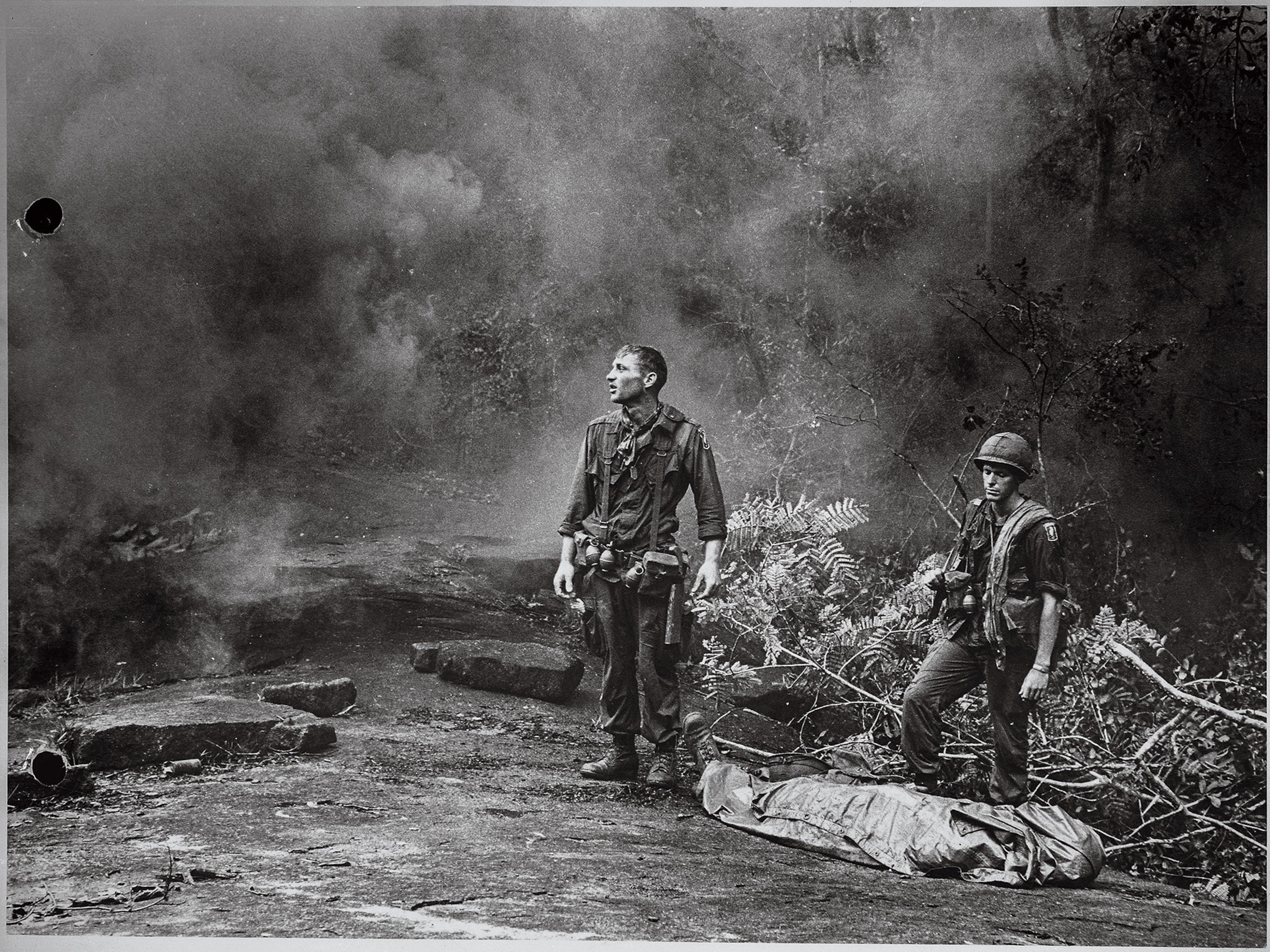
The radical history of the Red Power movement's fight for Native American sovereignty
After centuries of broken treaties and racist U.S. policies, Indigenous activists launched a bold—and controversial—campaign for justice.
From the civil rights movement to women’s liberation to protests against the Vietnam War, the 1960s and 1970s were an era of consciousness-raising and protest. And among those activists were members of one of the United States’ most marginalized groups: Native Americans.
Native Americans had borne the brunt of discriminatory policies, discarded treaties, and systemic injustice ever since the United States was founded in the late 18th century. Through the Red Power movement, Indigenous activists challenged those practices—and cultivated a sense of pride in their communities—as they demanded sovereignty and self-determination.
(Invaders nearly wiped out Caribbean’s first people long before Spanish came, DNA reveals)
Throughout the country’s first hundred years, the U.S. government signed more than 350 treaties with Native American nations. In these treaties—many brokered under duress—Indigenous people ceded their ancestral lands to the U.S. government with the promise that they would have sovereign rule over the new territories where they settled. But as white settlers expanded westward, the U.S. went back on its promises and pushed Native tribes onto ever-smaller reservations. (How Indian Territory almost became its own U.S. state—Sequoyah.)
Starting in the 1940s, the U.S. government—which had once recognized Native American tribes as nations—began to dismantle Native sovereignty under a policy of “termination.” Under the pretense of helping Native people assimilate into mainstream American society, the federal government terminated the tribal status of more than 100 tribes and bands, removed more than a million acres of land from its protection, and attempted to relocate Native Americans from reservations to urban areas. The Bureau of Indian Affairs, the federal agency that had imposed laws on Native Americans without their input or approval since 1824, became a symbol of hatred and oppression.
Riven by social disparities, Native people faced poverty, crime, and despair. There was little recognition by the U.S. government or mainstream American society of the broken treaties, and misguided attempts at assimilation had led to the loss of Indigenous languages and the suppression of many Native religious and cultural practices.


In response, a growing movement of young Native Americans sought to reclaim their sovereignty through what they called the Red Power movement. Media savvy and galvanized by the protest movements of the 1960s, they staged high-profile protests to raise awareness of Native issues. (Native Americans are telling their own stories to counter stereotypes of Indigenous life.)
One of the first was the occupation of Alcatraz Island in San Francisco Bay, home to a decommissioned prison where Hopi men and other Native Americans had once been held. In November 1969, a group calling itself “Indians of All Tribes” took over the island and proclaimed it a cultural and spiritual center in the name of all Native Americans. The occupation lasted until June 1971, when it disintegrated due to organizational issues, infighting, and worsening conditions as the U.S. government cut off power and water to the island.
Though the activists didn’t get their island, they inspired awareness and more protests from groups like American Indian Movement (AIM). Formed in Minneapolis, Minnesota, in 1968, AIM soon became the movement’s most visible, and controversial, organization.

In October 1972, AIM organized the Trail of Broken Treaties, a caravan that traveled from the West Coast to Washington, D.C. Participants called for the restoration of tribes’ treaty-making authority, the abolition of the Bureau of Indian Affairs, and investment in jobs, housing, and education. Upon their arrival in Washington, they barricaded themselves inside the Bureau of Indian Affairs building. The standoff ended a week later when the federal government agreed to address the group’s grievances and appoint a Native American to a post within the BIA.
Next came a 71-day siege of Wounded Knee, South Dakota, that began in February 1973. Located on the Pine Ridge Indian Reservation, the town was the site of an 1890 massacre in which U.S. Army soldiers slaughtered an estimated 150 Native Americans. By the 1970s, the reservation was beset by poverty and crime, and a group of Oglala Lakota people asked AIM to help expel their tribal chairman, Richard Wilson, whom they suspected of corruption and had unsuccessfully tried to impeach.
AIM activists and Oglala Lakota people took over Wounded Knee, demanding that Wilson step down and reiterating their call for the U.S. government to honor its treaties. Soon, they were surrounded by what historian Ian Record called a “makeshift federal army” armed with machine guns and military equipment. By the time the protesters, whose food and supplies had been cut off, surrendered 71 days later, two activists had been shot and the occupation was national news.
The movement’s last major protest, The Longest Walk of 1978, took participants on a five-month-long, 3,000-mile spiritual protest march to Washington, D.C. designed to draw attention to a series of federal bills that further threatened Native land and water rights and cut off social services. President Jimmy Carter refused to meet with the activists, but Congress withdrew the bills and instead passed the 1978 American Indian Religious Freedom Act, which protected Native rituals. (Here's how Olympic lacrosse is next battleground for Native American sovereignty.)
The Red Power movement was in decline by the 1980s after years of FBI surveillance, investigation, and infiltration sparked infighting and suspicion among its members. By then, though, it had spurred significant changes in federal policy. In 1975, the U.S. government reversed its policy of termination, giving tribes the ability to control their own affairs through the Indian Self-Determination and Education Assistance Act. The U.S. also ended many of its longstanding policies of assimilation in the 1970s and invested in Native American education and health care.
But perhaps the movement’s greatest legacy is the sense of pride it left behind. Armed with a new national awareness of the injustices Native Americans faced and new investment in the preservation of Native culture, Native Americans managed to seize much of their long-denied sovereignty. Bruce Johansen, a professor of Native American studies at the University of Nebraska at Omaha and author of The Encyclopedia of the American Indian Movement, calls the period “a voyage of discovery and recovery of culture.”
It is a journey that continues to this day as a new generation of Native activists push for everything from water rights to the recognition of their right to prosecute crimes on lands promised to them in 19th-century treaties. “Americans realized that native people are still here, that they have a moral standing, a legal standing,” said AIM cofounder Dennis Banks during a 2000 protest. “From that, our own people began to sense their pride."








